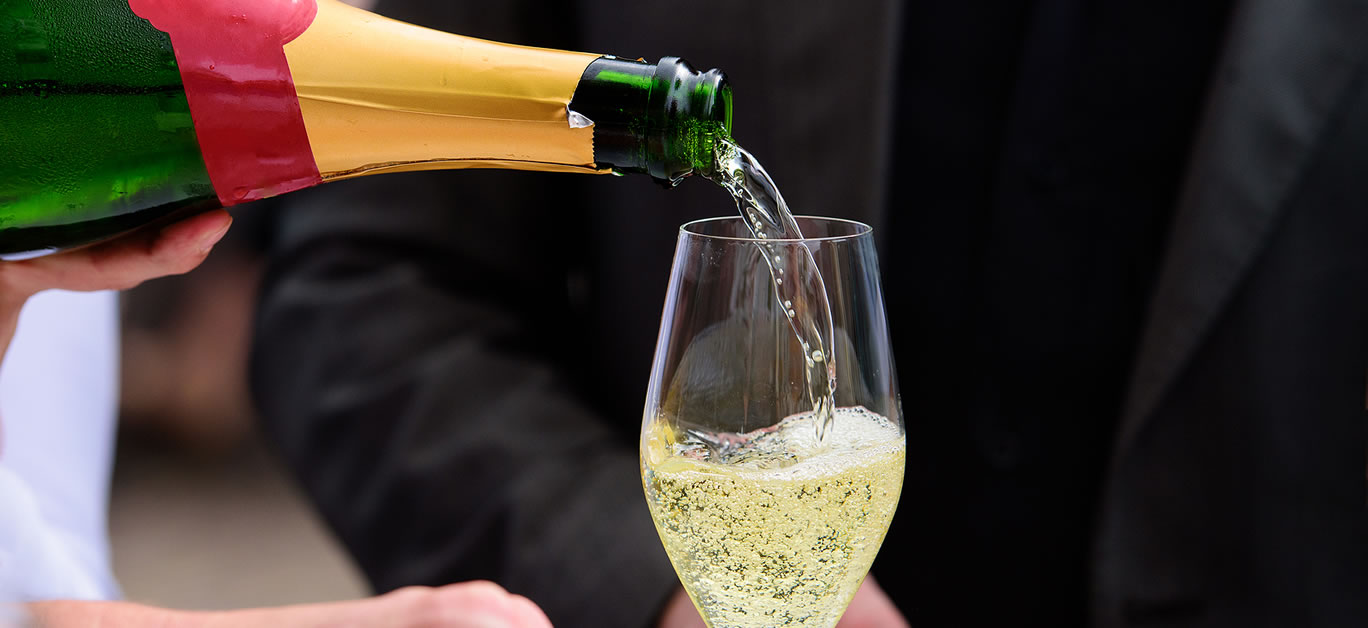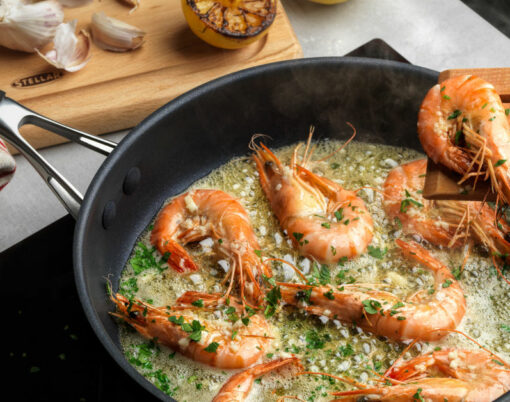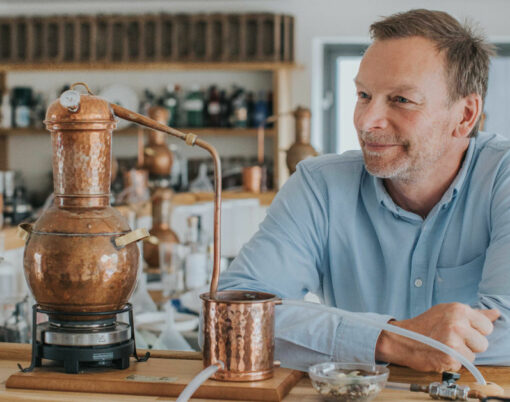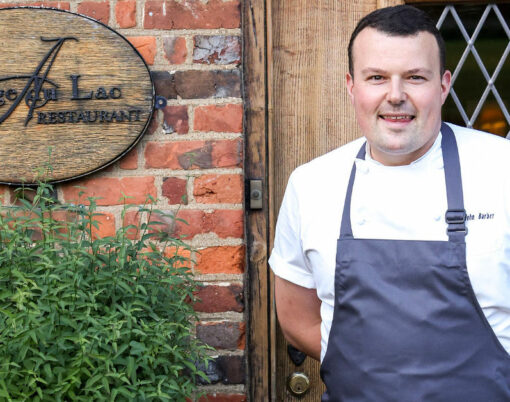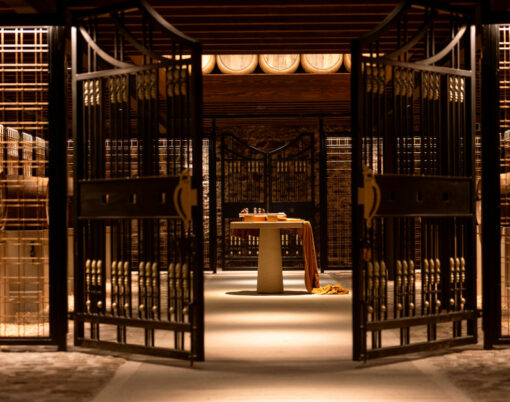Champagne is a drink we associate with celebrations, toasts and special occasions. Unlike wine or a gin and tonic, we know that champagne should be saved for those rarer and more exceptional instances and there are specific times that we may drink champagne only.
However, we should also acknowledge that there are particular ways that we ought to treat it so that when we do bring a bottle out for those more special occasions, it is drunk properly and to the best of its ability.
Luckily, Mary Claire Boyd, fair director of the Spirit of Christmas Fair, is here to give her advice on how best to enjoy a glass of bubbly.
Where to store
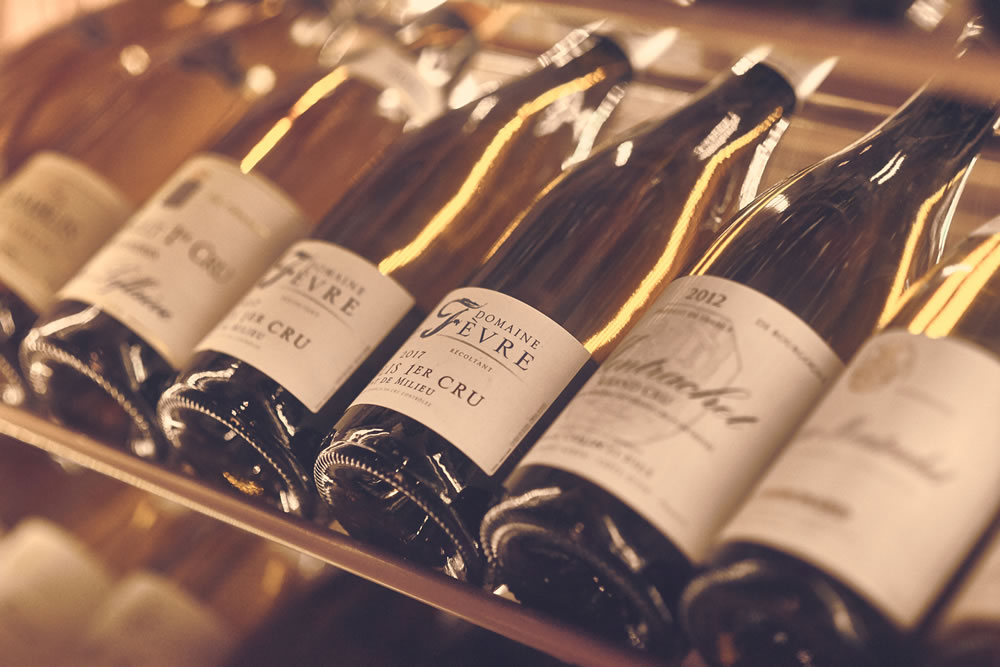
First things first – where should you keep your champagne whilst you wait to pop a glass? This is an important point to address because, if you truly wish for your champagne to taste as delightful as it can, by storing it properly you can ensure its beautiful aroma is rightly retained.
Whilst you may go to put your champagne straight in the fridge after its purchase, be careful as this may damage the flavour of the drink. If you are planning on enjoying the bottle immediately (within three or four days after buying it) then storing it in the refrigerator is fine. But if you buy a bottle (or two) in preparation for an event that is a few weeks away, if you keep it in the refrigerator the cork can dry out due to the lack of humidity in this storage place.
Instead, make sure to store your bottle in a cool place away from light and where there is a consistent temperature to make sure that when you do go to enjoy it, its taste has remained deliciously preserved.
The glass
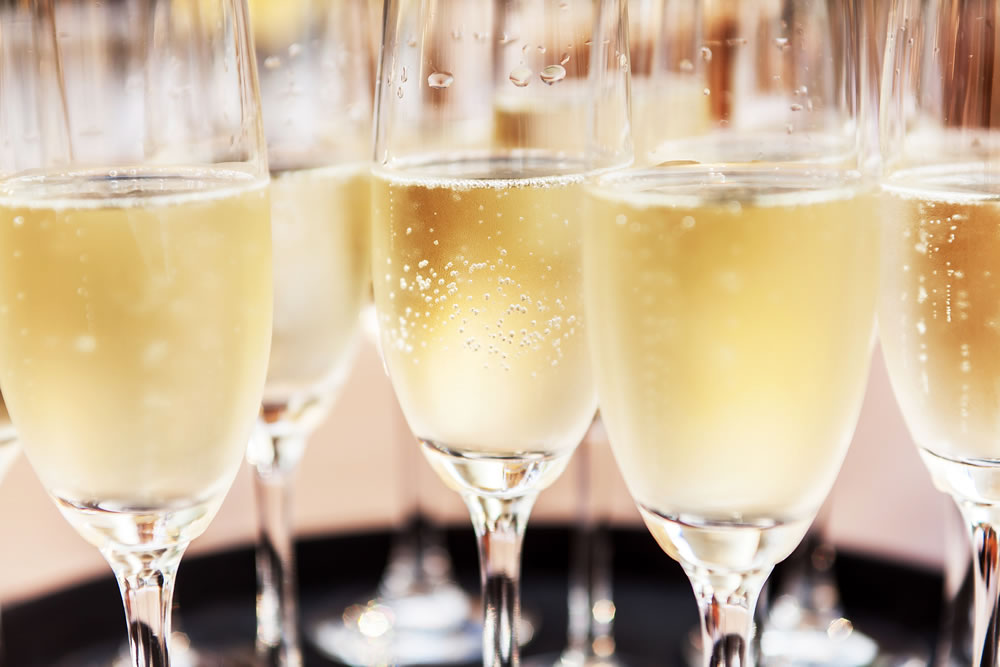
Once you have taken your bottle out of the fridge or cool storage place, it’s time to get the glasses out. But which glass should you use to best enjoy your bubbly? For this, a white wine glass is a great choice as its larger bowl enables the drink to ‘open up’ in the glass. This will allow you to better enjoy the aromas and savour the beautiful notes champagne is renowned for. It is likely that you have a few white wine glasses in your cupboard, so this is an easy and effective way of serving up your champagne.
Champagne flutes are another popular choice, but in fact, their narrow shape limits the drinker’s experience of the flavours. To this end, champagne coupes and tulips are preferable as they are both taller or wider enough for all the bubbles and fragrances to develop to their full effect.
Popping the bottle and pouring
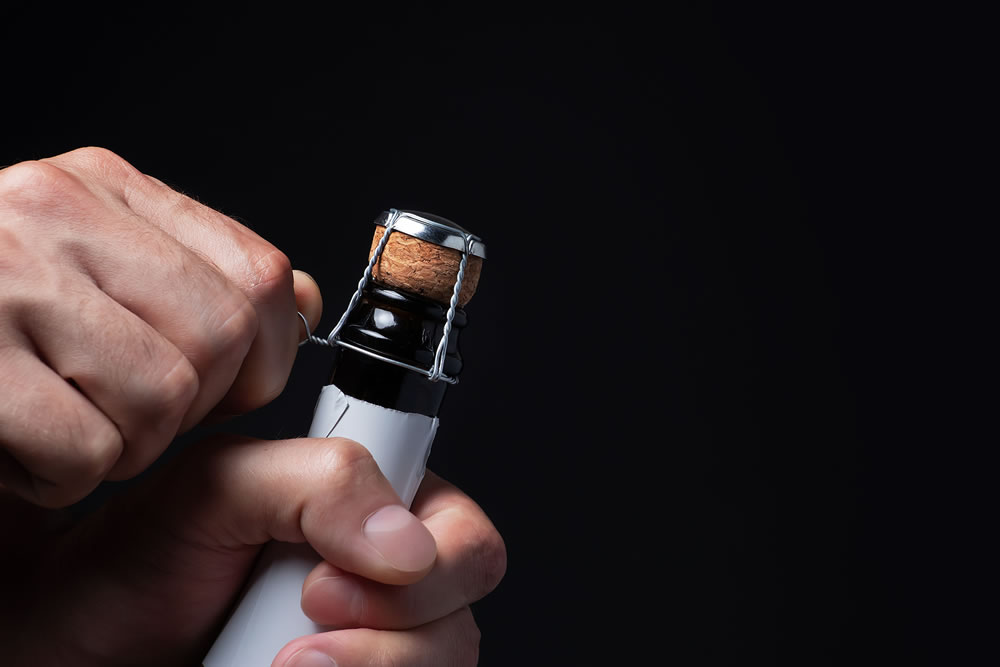
If your champagne bottle has a cage on it – keep it on! The cage helps to control the cork so that it doesn’t fly out when it pops as well as giving you leverage to help separate the cork from the bottle. The last thing you want at any kind of party is a cork flailing out and hitting yourself or some unsuspecting guest!
So, when removing the cork, hold the top of the cage with your thumb to keep it in place and untwist the wire six times. Hold the cage and cork together in one hand and use the other to twist the bottle’s base in a circular direction to slowly work the cork out. Twisting the bottle instead of the cork allows you to gently remove it in a safe and controlled way.
When pouring, only fill your glass about one-third of the way full. If you over-pour, it will warm up too quickly and perhaps even bubble up and spill over the glass.
Best food pairings
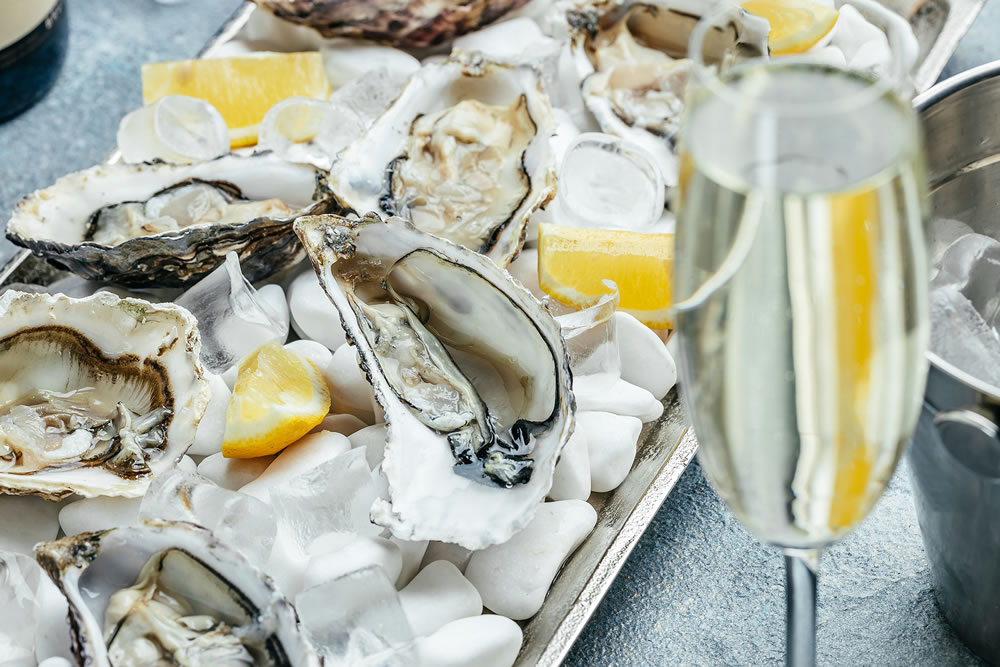
Finally, once the bubbly has been brought out, popped and poured – what shall it be served with? The drink is popular to have as an aperitif as it is dry, crisp and relatively low in alcohol, so it does not kill the palate, so you may want it as a pre-dinner starter.
However, as well as being a tasty aperitif, champagne also makes for a match made in heaven when paired with certain meals. Of course, different types of champagne can go well with different foods, but classic champagne goes perfectly with white truffle – its freshness bonding well with the acidity of the drink – whilst its combination with fried chicken and potatoes is another universally beloved pairing. The acidity can also cut through the richness of steak in a beautiful way that can refresh the palate between bites.
Blanc de Blancs champagnes are a favourite among serious palates for their bright and fresh acidity and dryness. The pairing that stands out the most is, of course, caviar – their saltiness and light oiliness make for a lush counterpoint to the drinks’ brightness. Oysters are another iconic match for a Blanc de Blanc whilst a light fish dish or a creamy soup would also make a lovely pairing.
Finally, if a rosé is your bubbly of choice, try a duck dish as the drink goes perfectly with all types of game meat and poultry. Other cured meats and fish also go well with rosé, whilst if a bottle of dry champagne is your choice it would be better for you to serve it up with a delectable dish of lobster or roast chicken.
If you want some more inspiration and tips on how to have the perfect festive season, the Spirit of Christmas fair is taking place from 31 October – 6 November at Olympia London where you can discover over 700 small independent brands and designer-makers all handpicked for their quality and originality.
For more ticket options and information visit, spiritofchristmasfair.co.uk.












